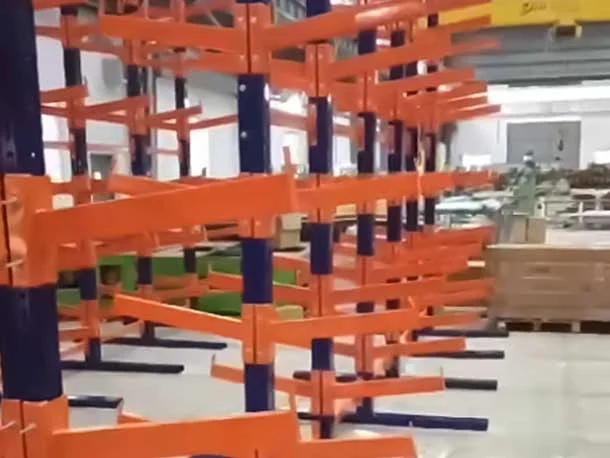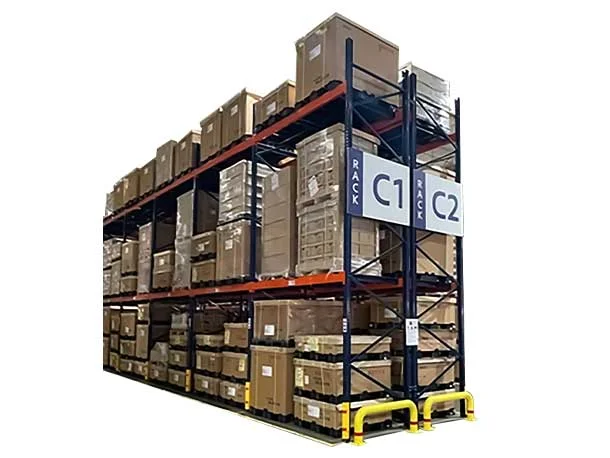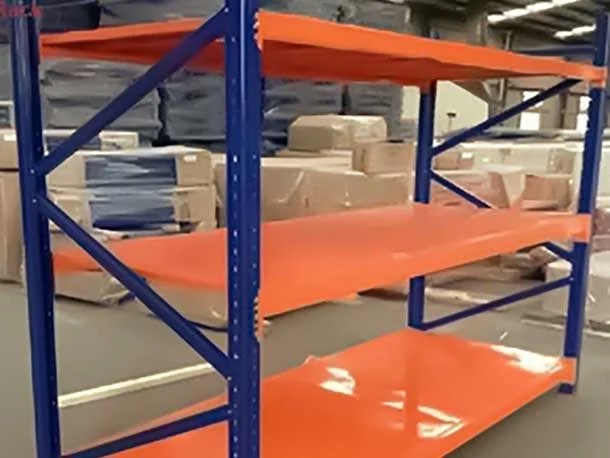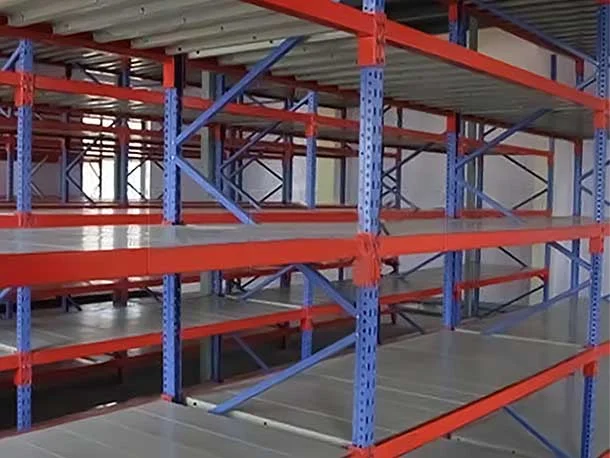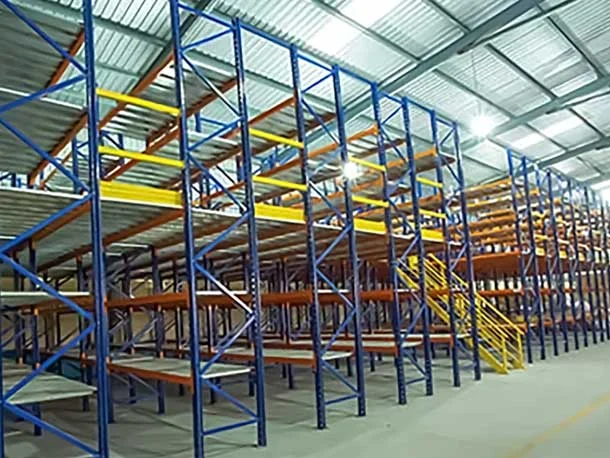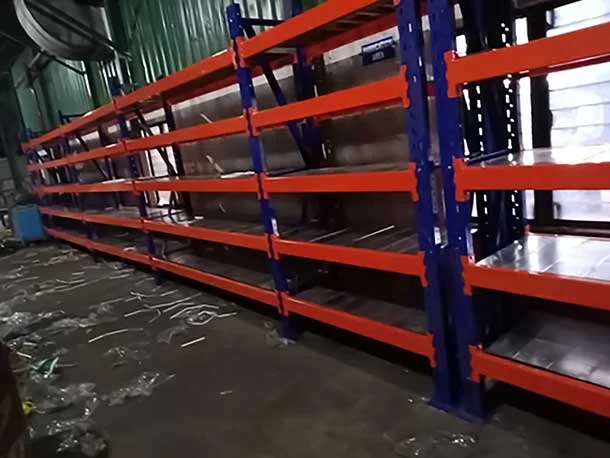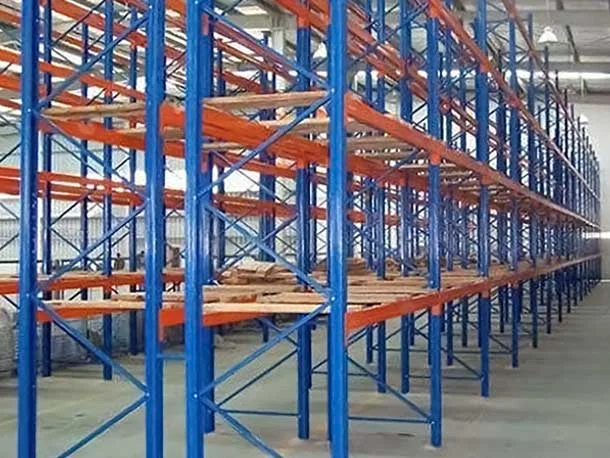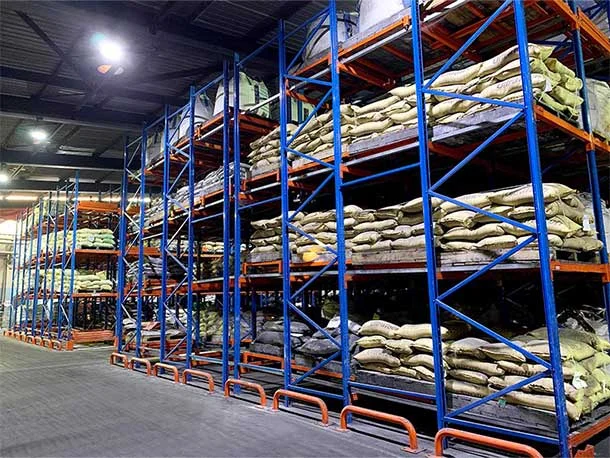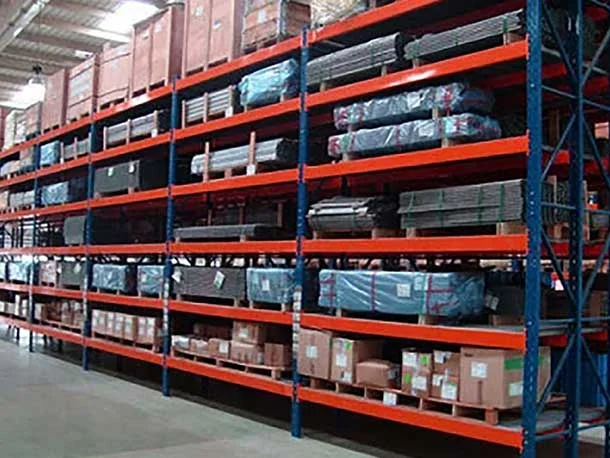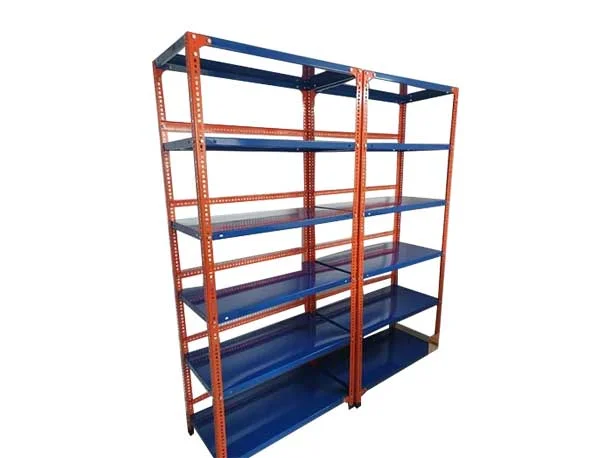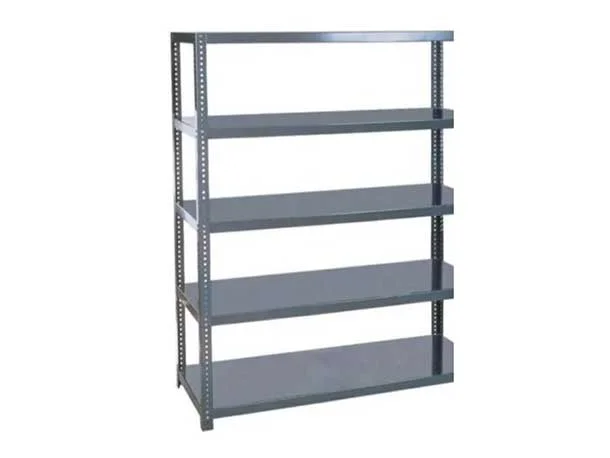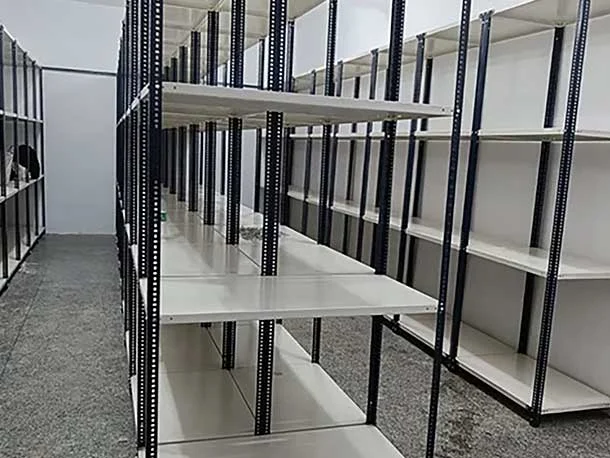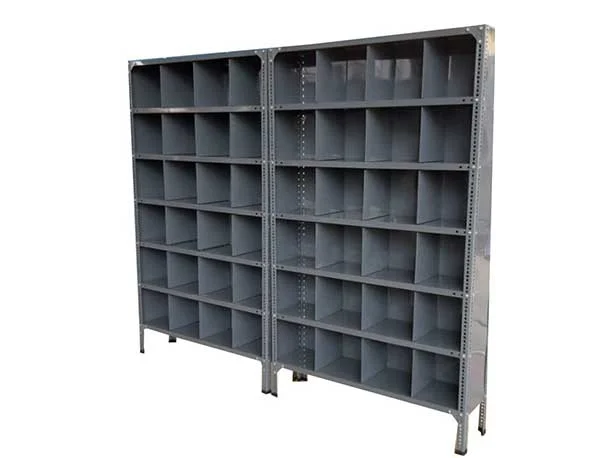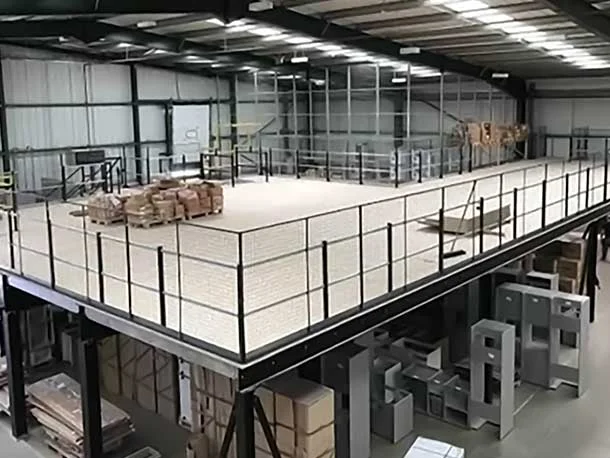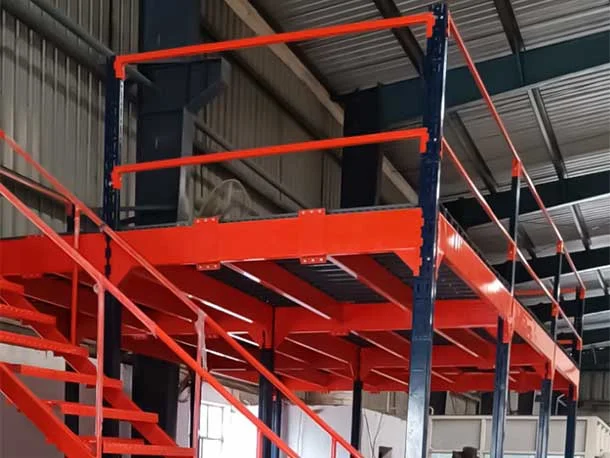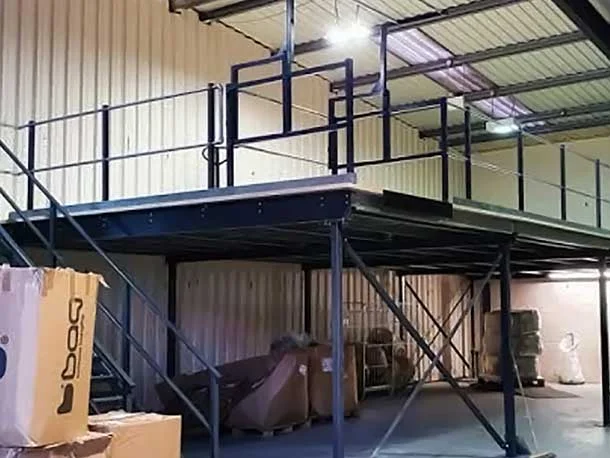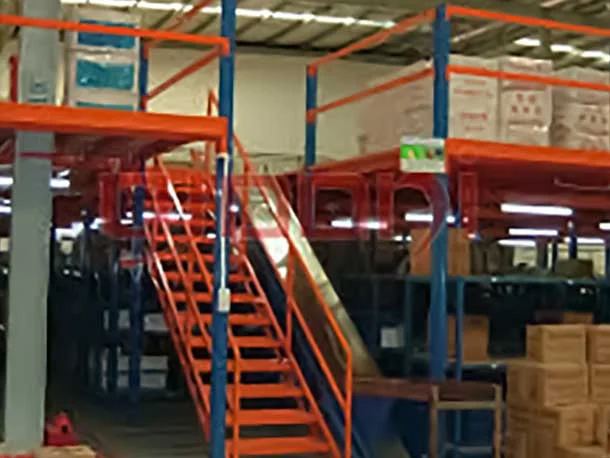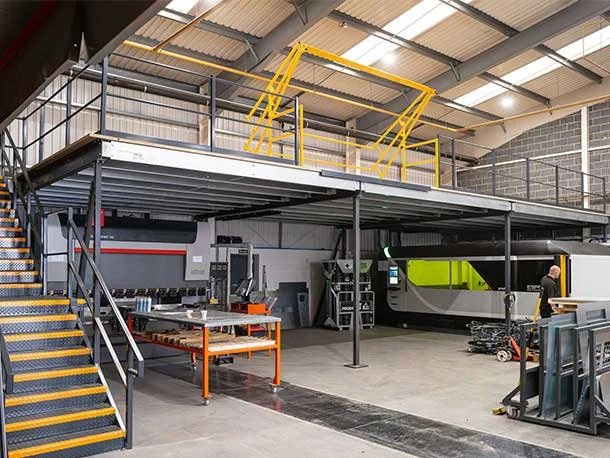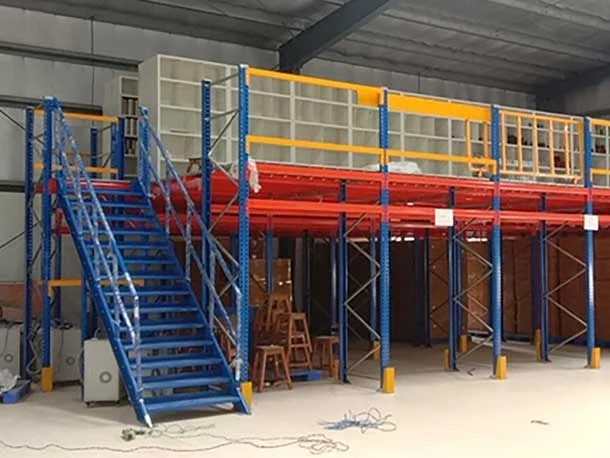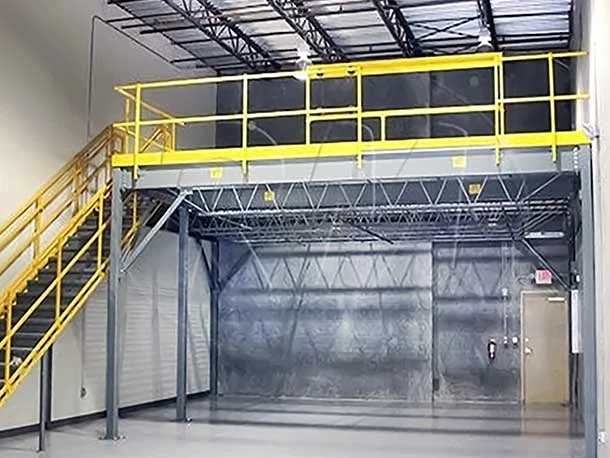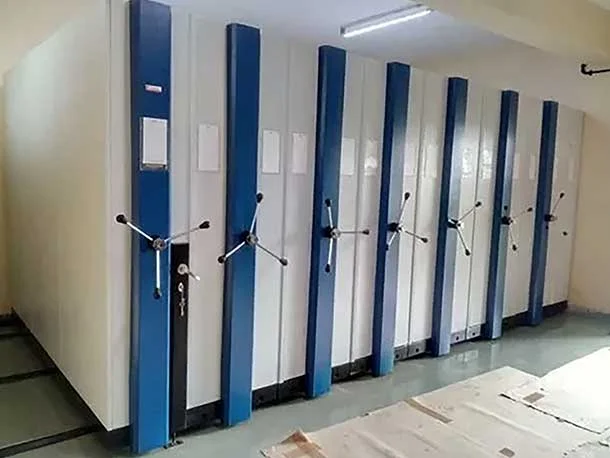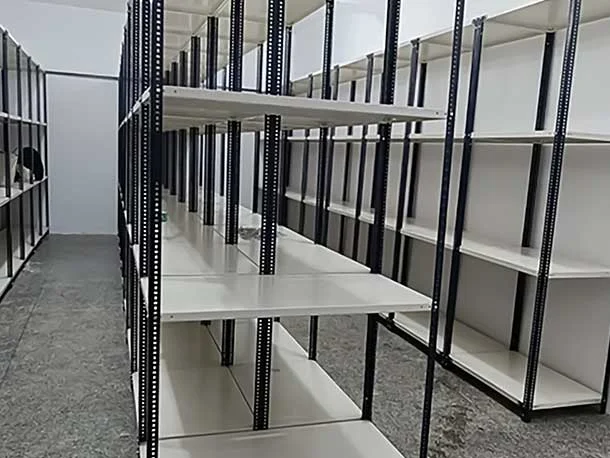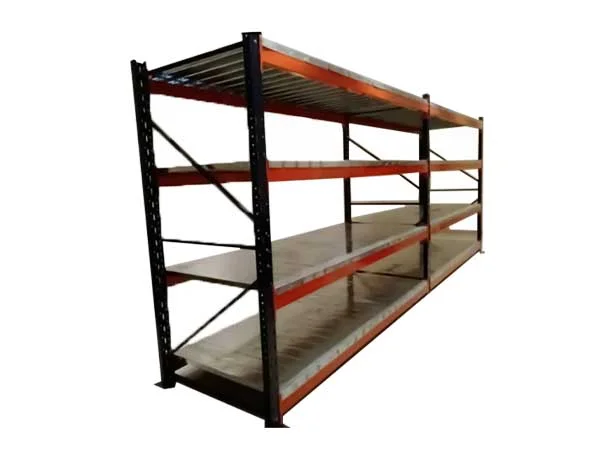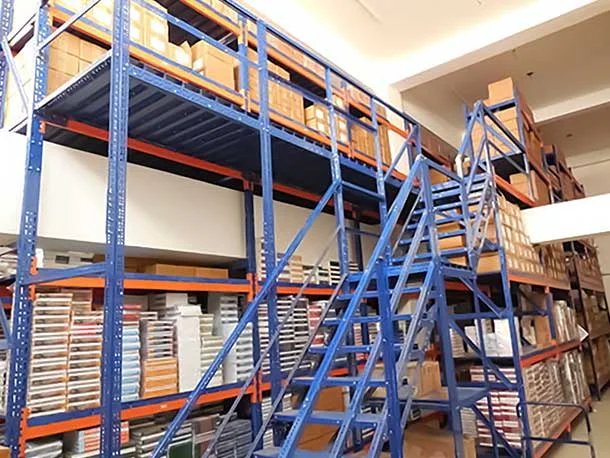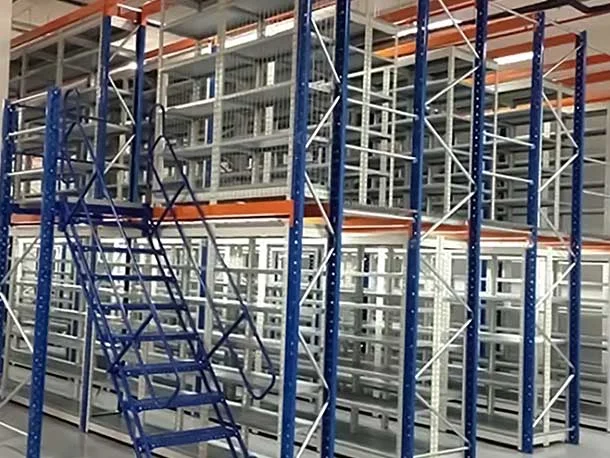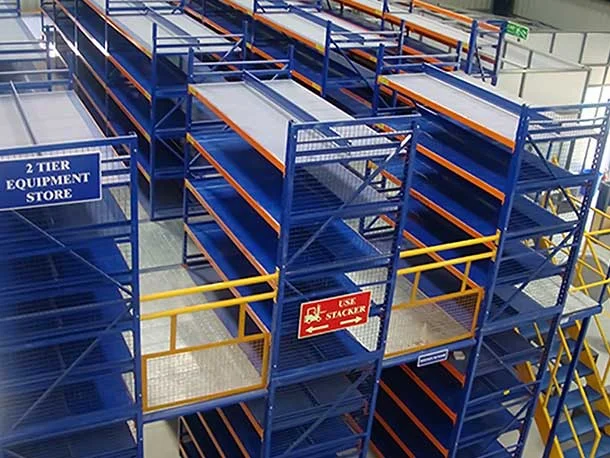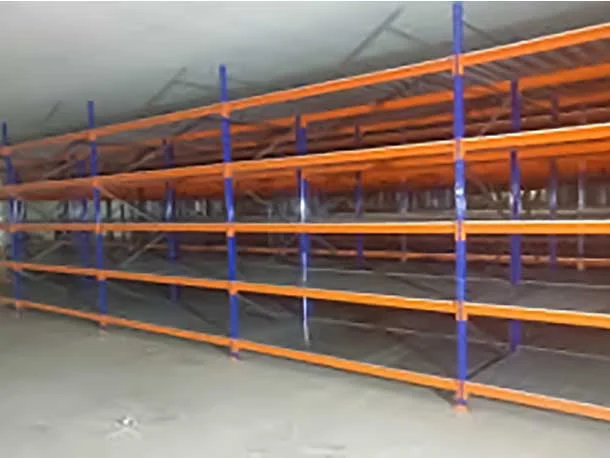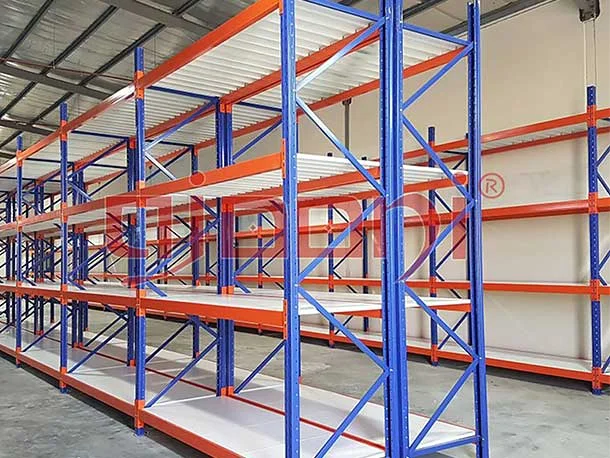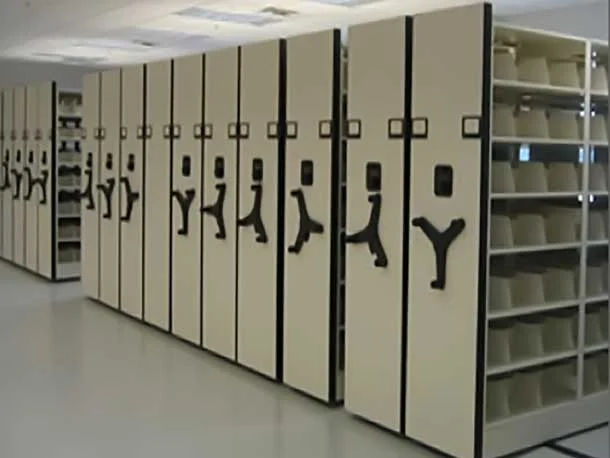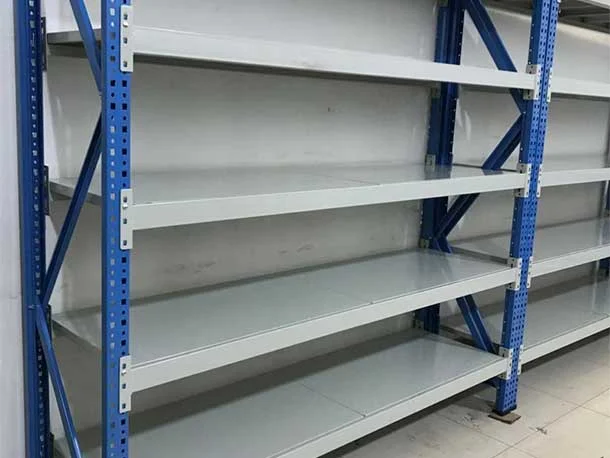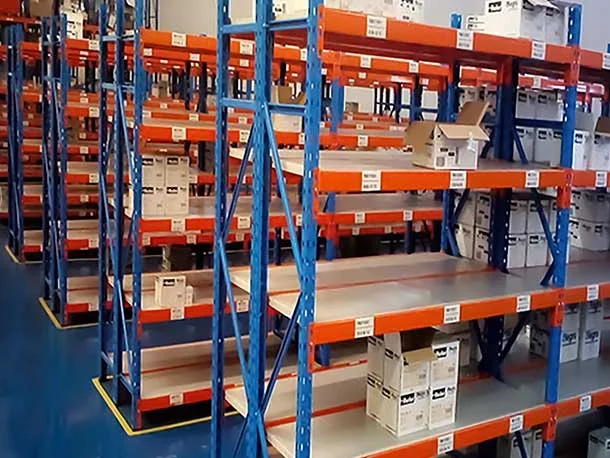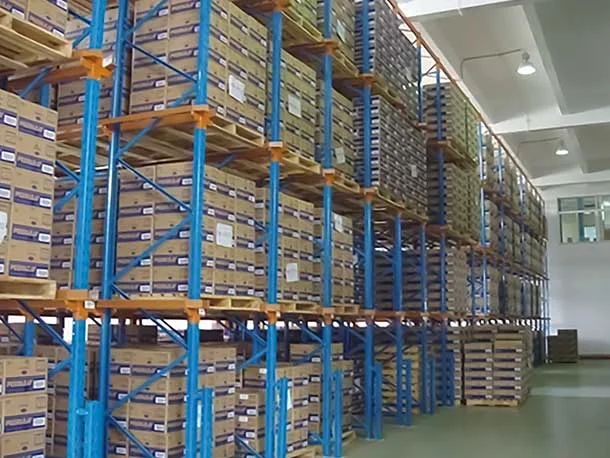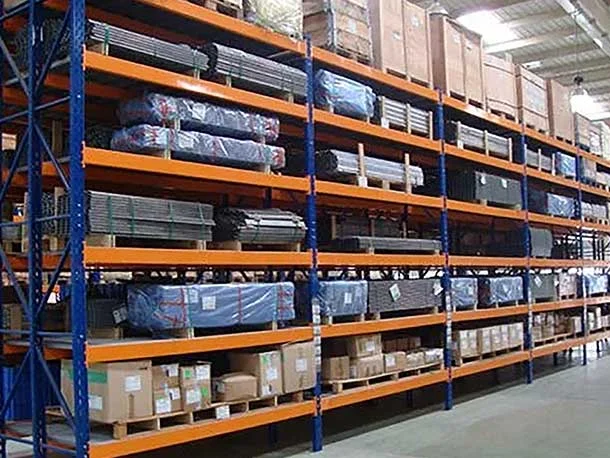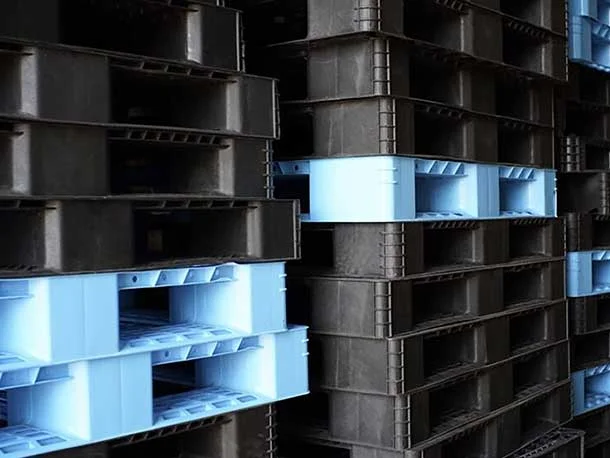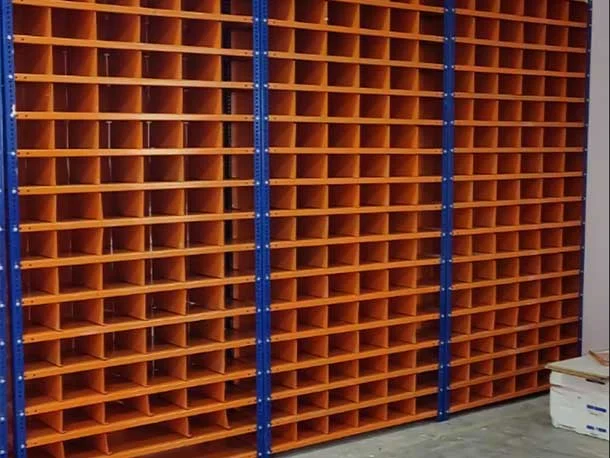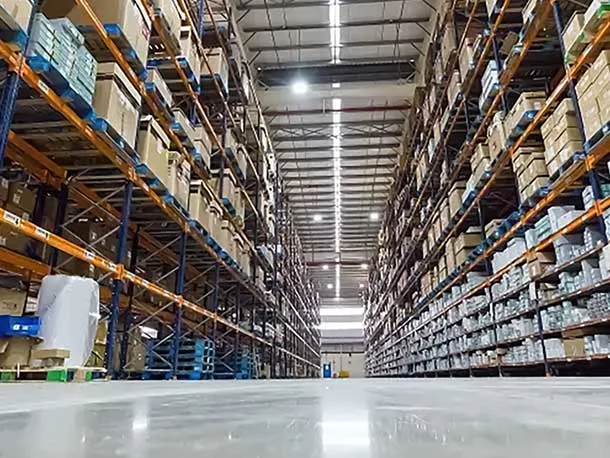
Vertical Storage System: Revolutionizing Space Optimization
In the modern world of warehousing, manufacturing, and inventory management, Vertical Storage Systems have emerged as a game-changer. These innovative systems maximize vertical space in a facility, offering efficient storage solutions while minimizing floor space requirements. A vertical storage system not only optimizes space but also enhances productivity, accuracy, and security in operations.
What is a Vertical Storage System?
A Vertical Storage System is a mechanized storage and retrieval solution that utilizes the height of a facility to store goods and materials. These systems are designed to bring stored items to the user, eliminating the need for manual searching or lifting. Common types include vertical lift modules (VLMs), vertical carousels, and automated storage and retrieval systems (AS/RS).
How Does a Vertical Storage System Work?
- Input of Goods Items are placed into storage trays or carriers that are part of the vertical system.
- Automated Storage The system organizes the items in its vertical structure based on size, weight, or frequency of use.
- Retrieval on Demand Using a control panel or integrated software, operators can request specific items. The system retrieves the item and delivers it to the access point.
Types of Vertical Storage Systems
- Vertical Lift Modules (VLMs) Comprised of two vertical columns with an extractor that retrieves storage trays. Ideal for warehouses with high ceilings and diverse inventory needs.
- Vertical Carousels Rotating shelves move items to an access point. Suitable for facilities with limited ceiling height. Automated Storage and Retrieval Systems (AS/RS)
Advanced robotic systems that manage high-density storage. Best for large-scale operations with high throughput demands.
Advantages of Vertical Storage Systems
- Maximizes Space Utilization Uses vertical space, reducing the need for expansive warehouse areas. Can increase storage capacity by up to 80%.
- Boosts Productivity Items are automatically retrieved and delivered to operators, saving time. Allows workers to focus on value-added tasks.
- Improves Accuracy Reduces errors associated with manual picking. Integrates with inventory management systems for real-time tracking.
- Enhances Workplace Safety Minimizes the need for ladders or forklifts, reducing the risk of accidents. Ergonomic design prevents strain on workers.
- Secure Storage Controlled access ensures sensitive or high-value items are protected. Monitoring systems can track user activity and inventory movement.
- Scalability Modular designs allow systems to be expanded as business needs grow.
Applications of Vertical Storage Systems
- Warehousing Efficient storage of goods ranging from raw materials to finished products.
- Retail Management of inventory in backrooms and fulfillment centers.
- Manufacturing Storage of tools, parts, and components used in production lines.
- Healthcare Organized storage of medical supplies, pharmaceuticals, and equipment.
- Automotive Efficient handling of spare parts and components for service centers.

